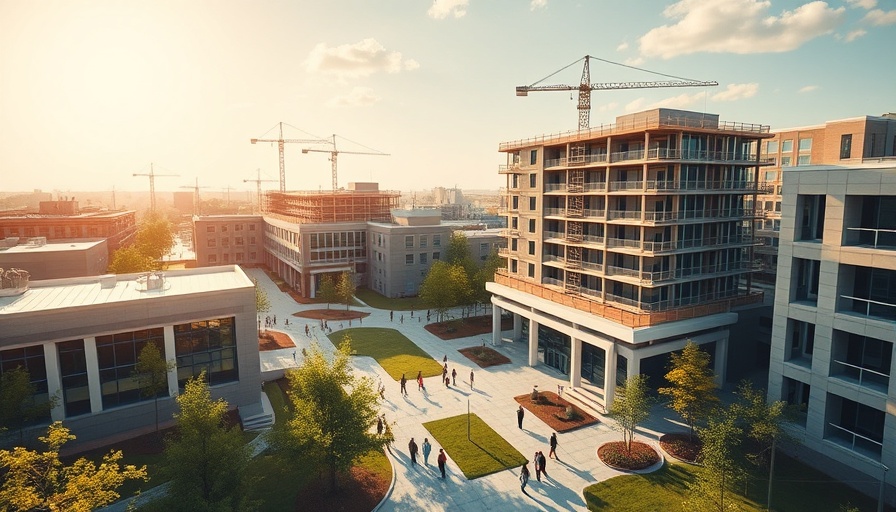
The University of Miami: A Vision for a Vibrant Campus
In an ambitious move set to reshape its academic landscape, the University of Miami has announced plans for a significant campus expansion. This initiative, aimed at enhancing educational facilities and community engagement, signals a new chapter for the renowned institution located in the heart of Coral Gables.
Transformative Project for Students and Community
This planned campus expansion will not only increase classroom space and research facilities but also focus on creating a more vibrant community hub. University officials envision areas that promote collaboration among students, faculty, and local residents, reinforcing the university's commitment to active learning and community engagement. As higher education evolves, Miami’s approach sets a precedent for other institutions facing similar challenges of space and resources.
Historical Context: Growth and Adaptation
Historically, the University of Miami has undergone several transformations since its inception in 1925. This planned expansion mirrors previous efforts to enhance campus facilities in response to growth in student enrollment and academic programs. The investment signifies the university's recognition of changing educational needs and demographic shifts within the region. By prioritizing expansion, the University of Miami embraces a progressive vision more aligned with modern educational paradigms.
Future Trends in University Expansion
The move comes on the heels of significant trends influencing higher education. Changes in student demographics, advancements in technology, and the rise of hybrid learning have pushed universities to rethink their physical spaces. As institutions adapt to these trends, Miami’s proactive effort to invest in facilities that foster collaborative, hands-on learning experiences demonstrates a forward-thinking approach likely to attract prospective students.
Counterarguments: Balancing Growth with Sustainability
However, growth initiatives are not without their critics. Concerns regarding environmental impact and urban development pressures are at the forefront of this campus expansion discussion. Critics argue that rapid development can lead to negative consequences for local ecosystems and increased traffic in Coral Gables. Addressing these concerns will be crucial for the university as it shapes its master plan, ensuring sustainability is woven into its development strategy.
Benefits Beyond Academics: Community and Economic Impact
The expansion isn’t just an academic enhancement; it’s also an investment in the local economy. The construction phase will create numerous jobs, with long-term potential for local businesses to thrive as the university grows. Increased foot traffic from students and visitors could lead to new partnerships and opportunities for Coral Gables, fostering a mutually beneficial relationship between the university and the communities it serves.
Opportunities for Involvement and Empowerment
As the University of Miami embarks on this transformative journey, opportunities for involvement abound. Students, faculty, and community members are encouraged to provide input through forums and discussions, shaping the future of their campus. This inclusive approach ensures that the expansion is reflective of the diverse voices within the university, fostering a sense of ownership and pride among stakeholders.
Conclusion: A Promising Future Awaits
As the University of Miami plans its ambitious campus expansion, the initiative reflects broader trends in education, community engagement, and sustainable growth. By embracing these changes, the university not only enhances its academic landscape but also sets the stage for a thriving partnership with the city of Coral Gables. Such endeavors are crucial in bridging education with community impact, ultimately illuminating a path forward for other institutions.
 Add Row
Add Row  Add
Add 




 Add Row
Add Row  Add
Add 

Write A Comment